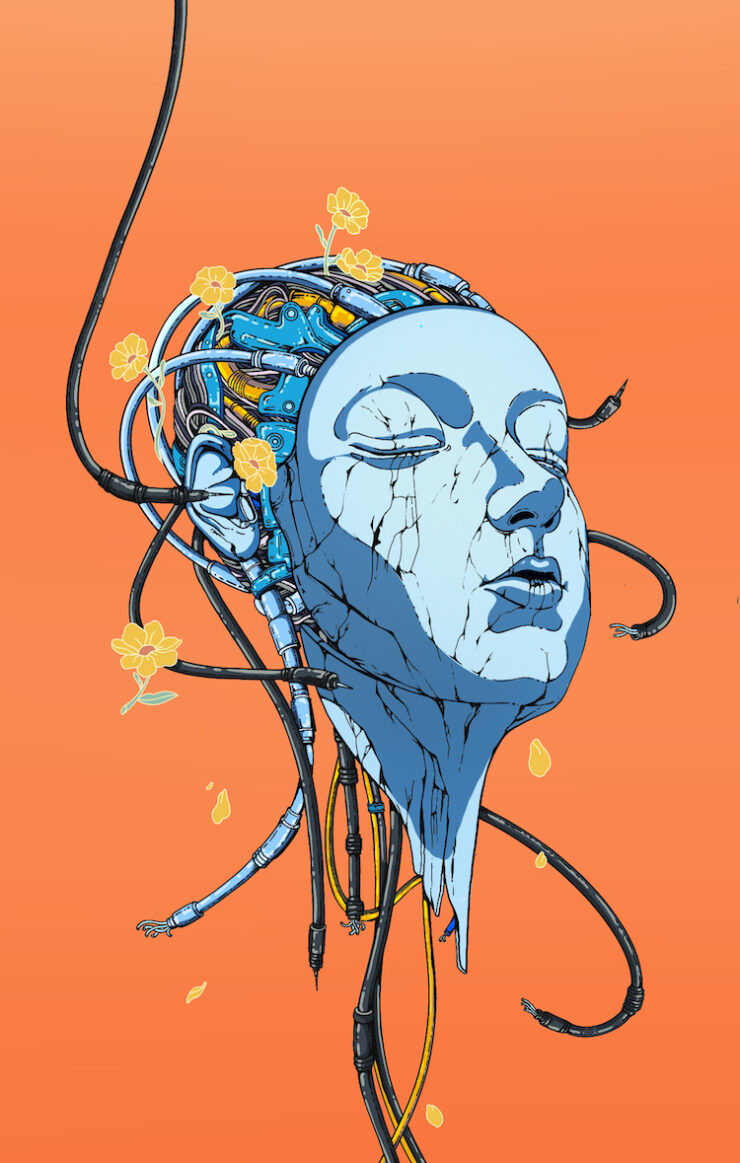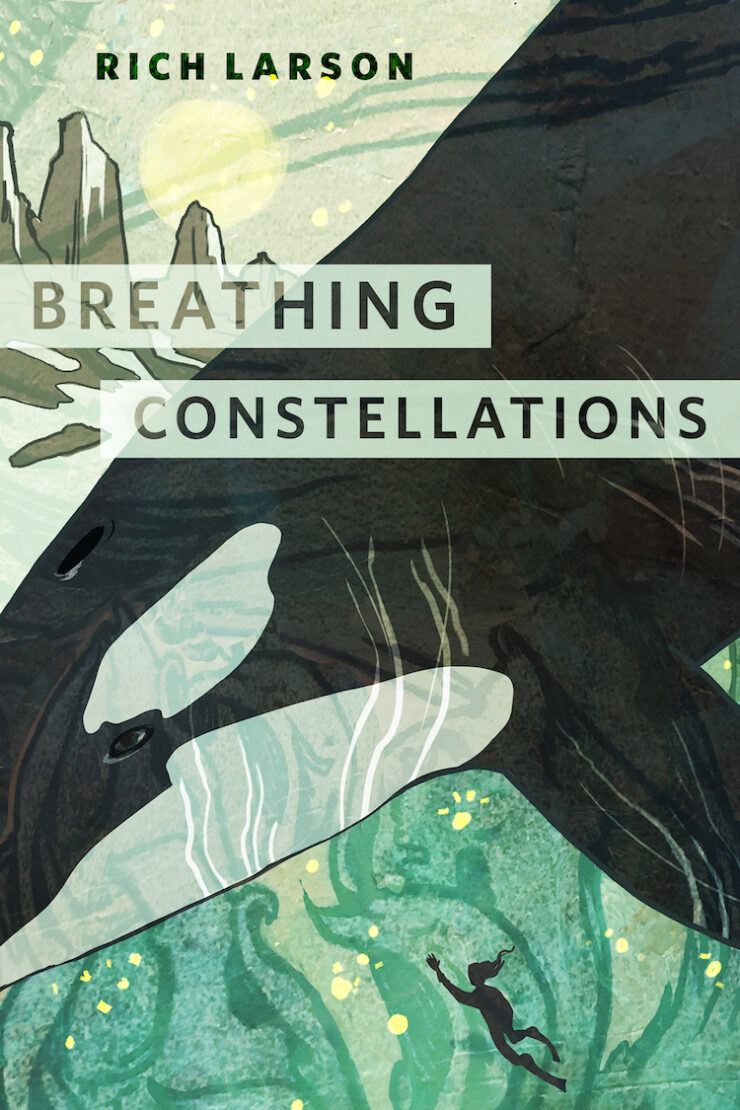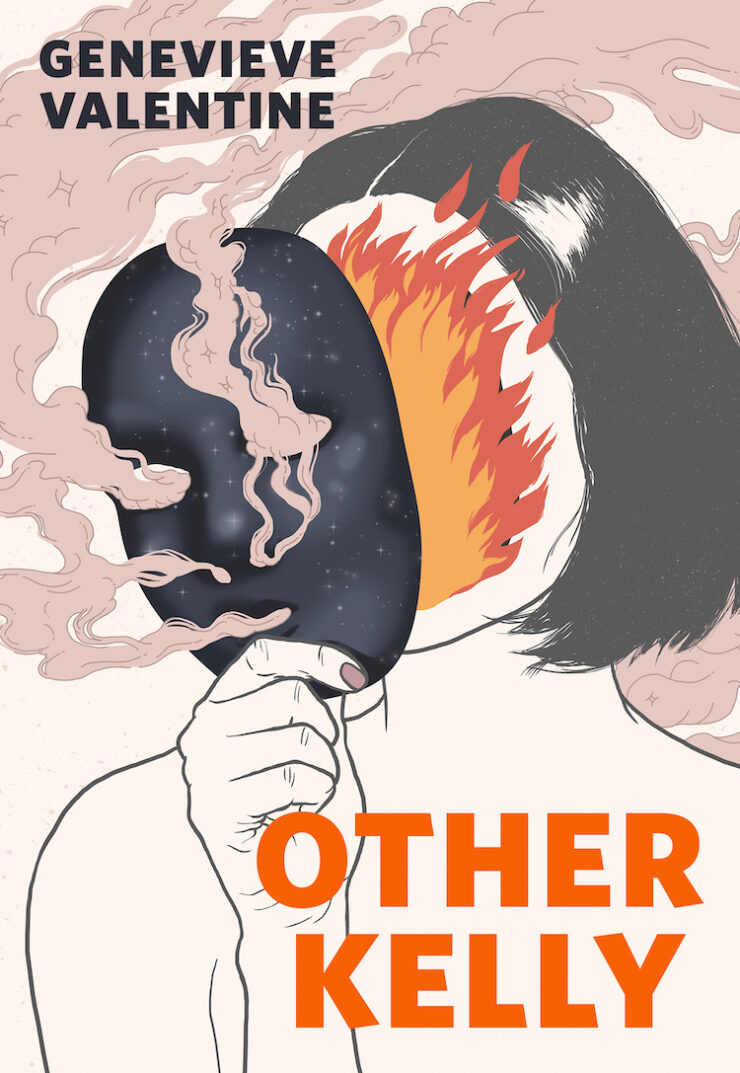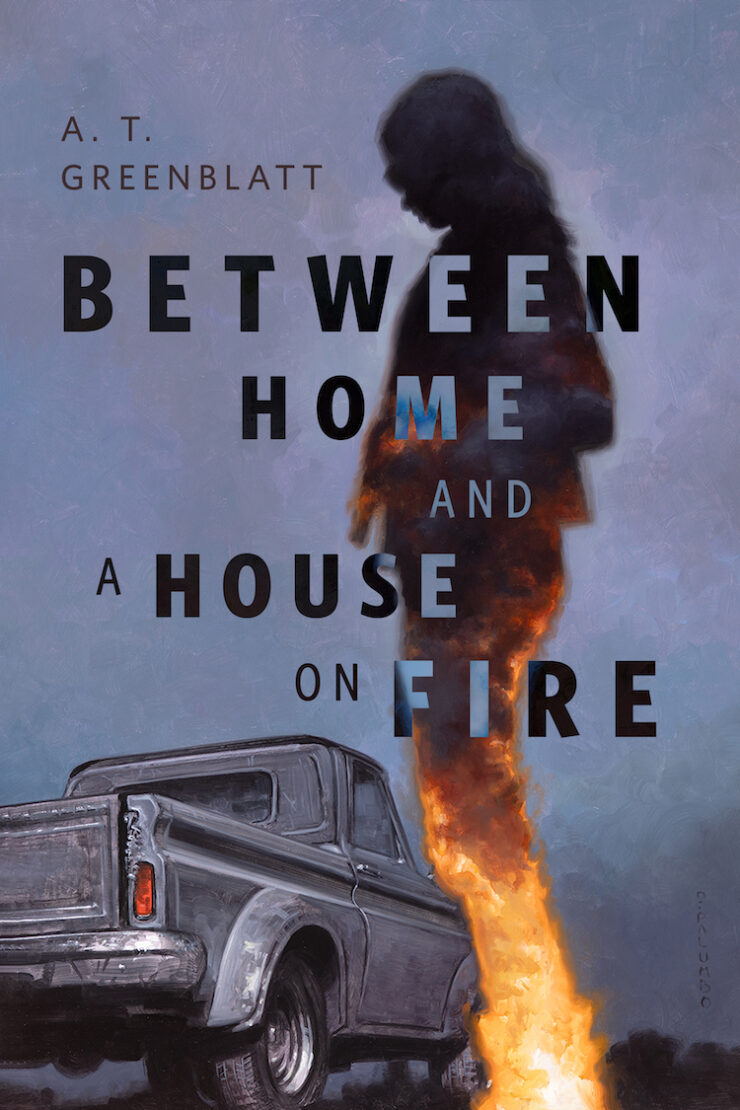Imagine, if you will, a science fiction author1 who wants to feature several intelligent tool-using species in their work. A traditional solution is to turn to multiple worlds, each planet producing its own kind of intelligent tool user. However, for that to be relevant to the plot, the worlds must have some means of contacting each other, in person or remotely. That’s not always appropriate for every setting. What is a hard-working author to do?
The answer, as it so often is, is in plain sight in the fossil record. For reasons I will leave to spirited exchanges in the comments section, the long-term trend has been for the average encephalization quotient—the ratio of brain to body size—to increase over time. If in the past the Earth had no intelligent tool users, and then it had one, then it’s reasonable to speculate that, at some point, it could have more than one.
“At some point” is open to broad interpretation. Perhaps “at some point” is in the distant future, after life rebounds from the Sixth Extinction. Perhaps it is now, and simply overlooked by oblivious humans. Authors have played with both possibilities.
The Time Machine by H. G. Wells (1895)
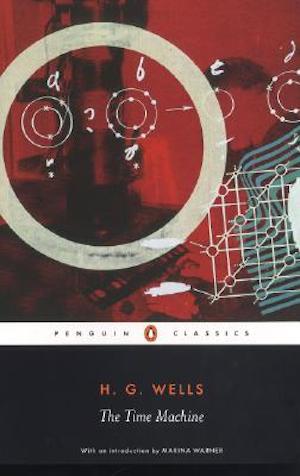
The Time Traveller’s visit to A.D. 802,701 reveals that one need not even stay outside the Genus Homo to enjoy a multiplicity of intelligent kinds, provided that circumstances isolate two or more branches long enough for them to become distinct species. By 802,701, circumstances we need not go into have bifurcated humans into Eloi and Morlocks.
Cynics, pointing to the fate of Neanderthals and Denisovans, might predict that two human species could not co-exist without genocidal violence. Not so in the case of the Eloi and the Morlocks! The two humanities enjoy a fruitful symbiotic relationship; the Morlocks provide the material necessities of life to the Eloi, while the Eloi provide…other necessities to the Morlocks. Aside from one or two details, it’s all very nearly utopian.
“Day of Judgment” by Edmond Hamilton (1946)
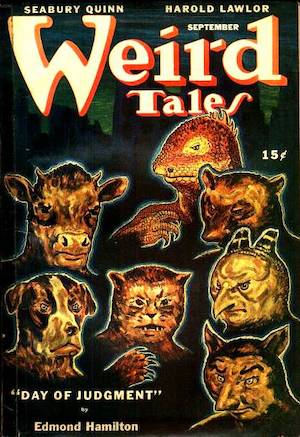
(Originally published in Weird Tales, collected in The Best of Edmond Hamilton) The Strange Ones’ final gift to Earth was atomic fire. Atomic fire incinerated the Strange Ones, liberating Earth from Strange One hubris. Atomic fire transformed the cats, dogs, and other animals into tool-using bipeds. Unlike the foolish Strange Ones, the Clans live in peace.
A meteor lands in the ruins of a Strange One city. S’San of the Clawed Clan and Hahl of the Hairy Clan investigate. They discover the stuff of nightmares. The Strange Ones are not extinct after all! Worse, two Strange Ones have returned to Earth. What future awaits the Clans?
Hamilton raises the question of whether coexistence is possible without actually resolving the matter one way or the other. However, I am optimistic that the Clans will continue on their path without significant interference from humans. There are only two humans and that’s not a viable population to restore a species without methods nowhere in evidence. Humanity is a dead clade walking.
“No Connection” by Isaac Asimov (1948)
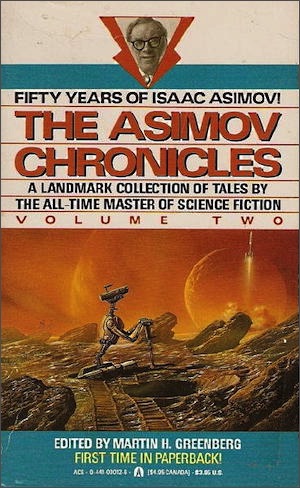
(Originally published in Astounding Science Fiction, collected in The Asimov Chronicles) In the distant future, North America is the domain of intelligent ursine Gurrows. The Gurrows are not the first people to call North America home. Long before Gurrows evolved, the Primate Primeval dominated the continent. Time has had its way with Primate Primeval relics and very little is known about them, save that their giant skulls suggest intelligence. Even less is known about why the Primate Primeval went extinct.
Illumination arrives in the form of Eekahs. Eekahs hail from overseas, and, like the vanished precursors, are primates. Clearly, primates are capable of ursine-level civilization. Indeed, the alarmingly violent Eekah enjoy a technological advantage over Gurrows, having developed what might be called “nuclear explosives.” As it happens, radioisotope analysis suggests the Primate Primeval also possessed nuclear explosives. Too bad for the bears, they are too pacifistic to connect the dots between “atomic weapons,” “insatiably violent primates,” and “mass extinction.”
One of the odder details in this story is that although humans have been dead so long only the most durable relics survive, long enough for bears and chimpanzees to evolve into intelligence, some English words and names appear to have survived. Or perhaps Asimov simply translated “Ralph” and “chimpanzee” for the readers’ convenience.
The Green Gods by Nathalie Henneberg (translation of Les Dieux Verts, 1961)
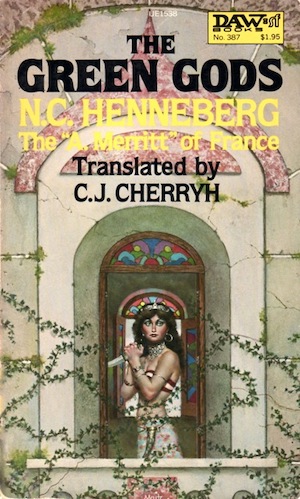
Cosmic calamity on an unprecedented scale isolates and transforms the Earth. Continents sink and rise. Temperatures soar. New species appear, most significantly intelligent plants. As humans once domesticated plants, now plants domesticate humans.
Prince Aran of A-atlan has many desires. He would like to marry without subsequently being murdered according to plant guidelines. He would like to free humans from their floral overlords. Success appears unlikely…as does Aral’s survival.
The science in this is little constrained by realism. In its defense, it’s no sillier than Brian Aldiss’ Hothouse, published at about the same time as The Green Gods. C.J. Cherryh fans may want to keep an eye out for the 1980 DAW edition, which Cherryh translated.
The Secret Oceans by Betty Ballantine (1994)
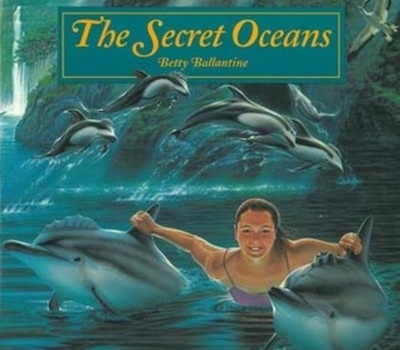
The Turtle is a submarine of advanced designed, filled with a wonderous variety of tools designed to bridge the barrier between humans and cetaceans. Little do the humans aboard the Turtle expect how easy the task will be. Cetasapiens are just as smart as humans, if not more so, and they are eager to speak with humans.
The Cetasapiens convey the wonders of the undersea world, with a purpose: Human activity negatively impacts the undersea world in many ways. Surely, now that humans and Cetasapiens are talking, convincing humans to mend their ways will be trivial.
This novel is both short and aimed at children, thus the lavish illustrations and the general faith in human good nature. Adults will realize that responsibility to shareholders will preclude human reform. The Cetasapiens might do well to take lessons from War With the Newts and The Kraken Wakes.
These are just a few examples. I may have overlooked some of your favorites—I know I omitted some of mine because they’d been mentioned in earlier essays. Feel free to mention other such works in comments below.
- Fantasy authors have it even easier. Gods are forever cribbing each other’s homework. Scarcely has one god created talking apes than another imbues upright lizards with the power of speech. Sometimes the gods don’t hide their plagiarism very well. Ever wonder why elves have pointed ears? It’s to avoid IP lawsuits from the creators of round-eared humans. ↩︎


